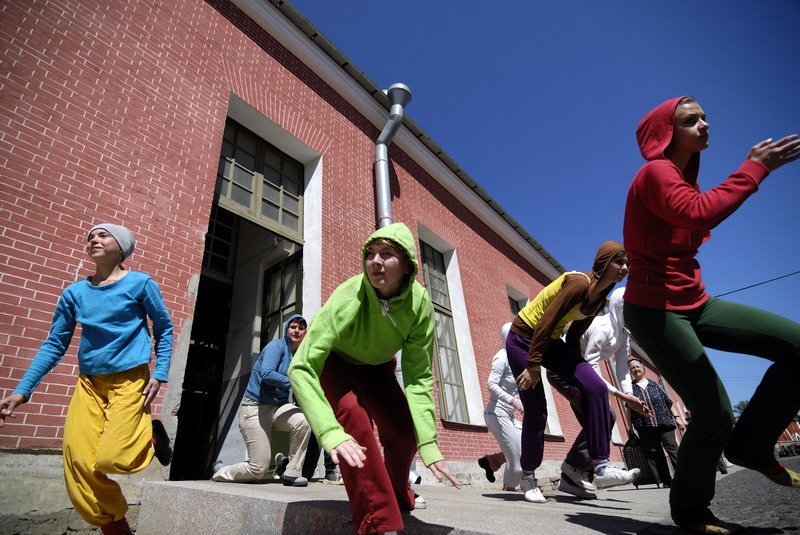|
|
Living Sculptures In The City
|
Agriculture was practiced in sub-Saharan Africa since the third millennium BC. Because of this, cities were able to develop as centers of non-agricultural activity. Exactly when this first happened is still a topic of archeological and historical investigation. Western scholarship has tended to focus on cities in Europe and Mesopotamia, but emerging archeological evidence indicates that urbanization occurred south of the Sahara well before the influence of Arab urban culture. The oldest sites documented thus far are from around 500 AD including Awdaghust, Kumbi-Saleh the ancient capital of Ghana, and Maranda a center located on a trade rout between Egypt and Gao.
In the Late Roman Empire, cities in Late Antiquity underwent transformations as the urban power base shrank and was transfered to the local bishop. Cities essentially disappeared, earliest in Roman Britain and Germania and latest in the Eastern Roman Empire and Visigothic Spain.
• Middle Ages
During the European Middle Ages, a town was as much a political entity as a collection of houses. City residence brought freedom from customary rural obligations to lord and community: "Stadtluft macht frei" ("City air makes you free") was a saying in Germany. In Continental Europe cities with a legislature of their own were not unheard of, the laws for towns as a rule other than for the countryside, the lord of a town often being another than for surrounding land. In the Holy Roman Empire some cities had no other lord than the emperor. In Italy medieval communes had quite a statelike power.
|
|









